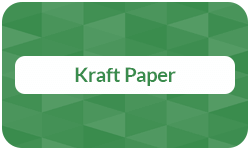
Kraft paper is a popular choice when it comes to wrapping, packaging, and creative projects. It often stands out for its natural look, sturdy feel, and versatility, which makes it perfect for both home and business use. Whatever project you intend to use it for, understanding your printer paper options can make a difference. In this article, we explore the types, uses, drawbacks, and differences between kraft paper and other papers.
Definition: Kraft paper
Kraft paper (or just kraft) is a durable material that is used for packaging, wrapping, and crafting. Unlike traditional printer paper types, kraft paper has a coarse texture and a natural brown color due to minimal processing, and can be made from all types of wood.
It’s made from wood pulp through the kraft pulping process, which binds the paper’s fibers together to give it superior strength and resistance to tearing. Kraft paper comes in various paper weights, finishes, and calipers, which makes it suitable for both functional and creative uses.
Copy and print from $0.10
- High-quality copies & prints for any project
- Vibrant color prints or sharp black & white prints
- Online copy and print services delivered straight to your door
Learn more!
Types
Kraft paper gets its name from the German word “kraft,” meaning strength. This brown paper comes in various types, which we will elaborate on below.
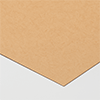
Natural or virgin kraft paper is a relatively cheap paper, as it can be made from low-cost wood fibers and non-traditional woods, such as bamboo and resinous woods. The kraft process also skips the extensive bleaching step; therefore, it reduces production costs.
Key features
- Unbleached
- Renewable and biodegradable
- Made from low-cost wood fibers
- Reuses chemicals during production
- Commonly used for bags, wrapping, and packaging
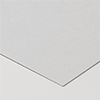
Bleached or white kraft paper is as strong and tear-resistant as natural kraft paper, but it undergoes a bleaching process that turns its color from brown to white. This makes it suitable for uses where a more polished or printable surface is needed.
Key features
- White appearance
- Strong and tear-resistant
- Suitable for printing and branding
- Often used in retail packaging and wrapping
- Slightly higher production cost due to bleaching
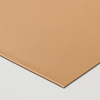
Coated kraft paper has — as the name suggests — paper coating. This type of kraft paper is usually wax-coated or poly-coated. In the food industry, poly-coated kraft paper is especially popular since it’s a great solution against grease and moisture.
Key features
- Perfect for food packaging
- Moisture- and grease-resistant
- Better printability without smudges
- Coating protects from contaminants
- Often used for industrial packaging and shipping
Note: Although there are many benefits, the coating is difficult to remove, making it neither biodegradable nor recyclable.
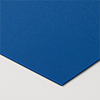
Colored kraft comes in a variety of colors and is used for arts, crafts, gift wrapping, and branded packaging. The color is added by mixing dyes or pigments into the pulp during the kraft process.
Key features
- Vibrant color options
- Can be printed or customized
- Same durability as natural kraft
- Ideal for crafts and gift wrapping
- Adds visual appeal to product packaging
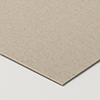
Recycled kraft paper is made from post-consumer or post-industrial waste, which makes it the most eco-friendly option. While slightly less strong than natural kraft, it still performs well in most packaging and wrapping applications. Furthermore, you can even purchase recycled color kraft paper for special branded packaging or crafts.
Key features
- Eco-friendly and sustainable
- Slightly lower strength than natural kraft
- Often has a rougher texture and darker tone
- Widely used for shipping, wrapping, and fillers
- Cost-effective alternative for environmentally conscious packaging
Uses
Kraft paper is a very versatile paper due to its durability. Below, we’ve listed its applications.
- Scrapbooking
- Arts and crafts
- Wrapping food
- Eco-friendly gift wrapping
- Drawing or coloring sheets for kids
- Product tags
- Eco-friendly bags
- Industrial packaging
- Décor like table runners
- Painting and printing paper
Kraft paper vs. craft paper
Kraft and craft paper often get mixed up due to their natural, brown color. We’ve compared both papers in the table below.
| Feature | Kraft paper | Craft paper |
|---|---|---|
| Meaning | Very robust paper since “kraft” means “strength” in German | Umbrella term for paper used in crafting, e.g., construction paper |
| Color | Typically brown or tan; can be bleached white or colored | Can be any color from white or brown to vibrant & pastel colors |
| Texture | Rough, sturdy & unrefined | Varies from smooth to textured; depends on type |
| Main use |
|
|
| Durability | Strong & durable | Generally lighter |
Kraft paper vs. butcher paper
The difference between kraft and butcher paper begins after the kraft process, when butcher paper is treated to meet food-grade standards. These treatments improve its moisture resistance, making it better suited for wrapping meats and other perishable items.
As a result, butcher paper is typically thicker and more fibrous than kraft paper, which makes it perfect for food service and packaging large or wet items.
Printing
Since kraft paper is more porous than regular paper, it’s less ideal for professional printing but perfect for special print finishing, such as embossing, debossing, and foil stamping. You can still print on kraft paper; however, since the CMYK color system is designed for white backgrounds, printed colors may appear different from how they look on digital screens.
The image below shows examples of how color appearances may change on kraft paper.
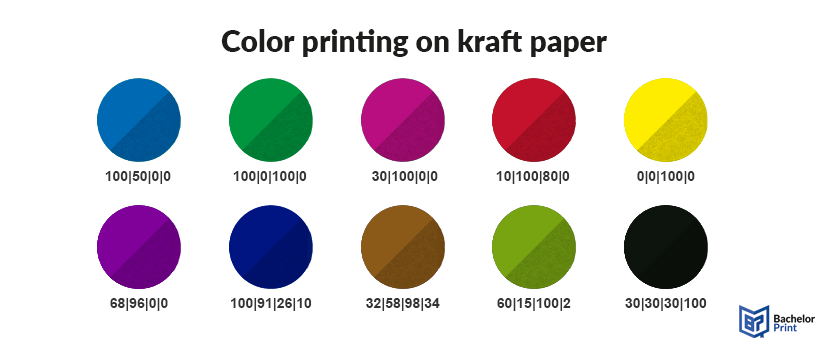
For 80 lb (or 216 gsm) A4 paper dimension of kraft paper, you can use the most common types of printers: laser or inkjet printers. For sharp results, you might want to use a laser printer, as it uses toner cartridges instead of liquid printing ink, which can bleed and smudge.
Online A4 printing for $0.10
- Quick production times & reputable delivery
- Professional A4 prints for personal and business use
- Configure the printing specifications for your A4-size prints
Learn more!
Benefits & disadvantages
Below, we’ve listed common advantages and disadvantages of kraft paper.
Pros
- Cost-effective paper
- Eco-friendly if uncoated
- Versatile & customizable
- Ideal for crafts & packaging
- High tear & moisture resistance
Cons
- Rough texture
- Not recyclable if coated
- Less refined appearance
- Not waterproof if uncoated
- Limited high-graphic printing
FAQs
Craft paper is an umbrella term for paper used in arts and crafts. This means that craft paper can include anything, as well as kraft paper itself. Kraft paper, on the other hand, is typically a brown paper that is very durable and used in packaging and wrapping.
Kraft paper is made from wood pulp that undergoes the kraft process, which strengthens its fibers. Unlike other paper types, kraft paper can be made from all types of wood.
Kraft paper is a type of brown paper, as it’s normally unbleached, which leads to its brown, natural-looking color.
Disadvantages of kraft paper can be that it…
- has a rough texture
- is not recyclable if coated
- can be difficult to print on